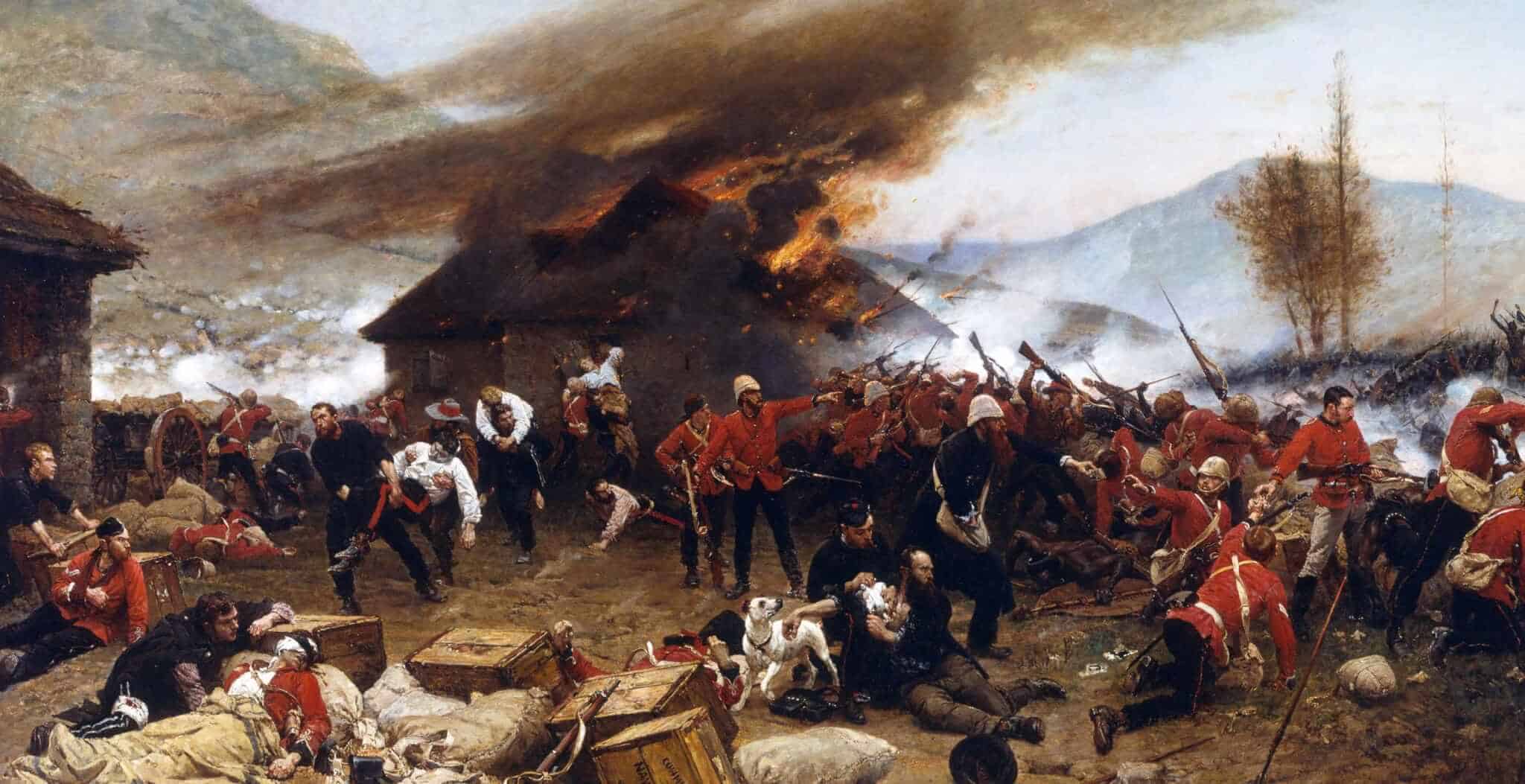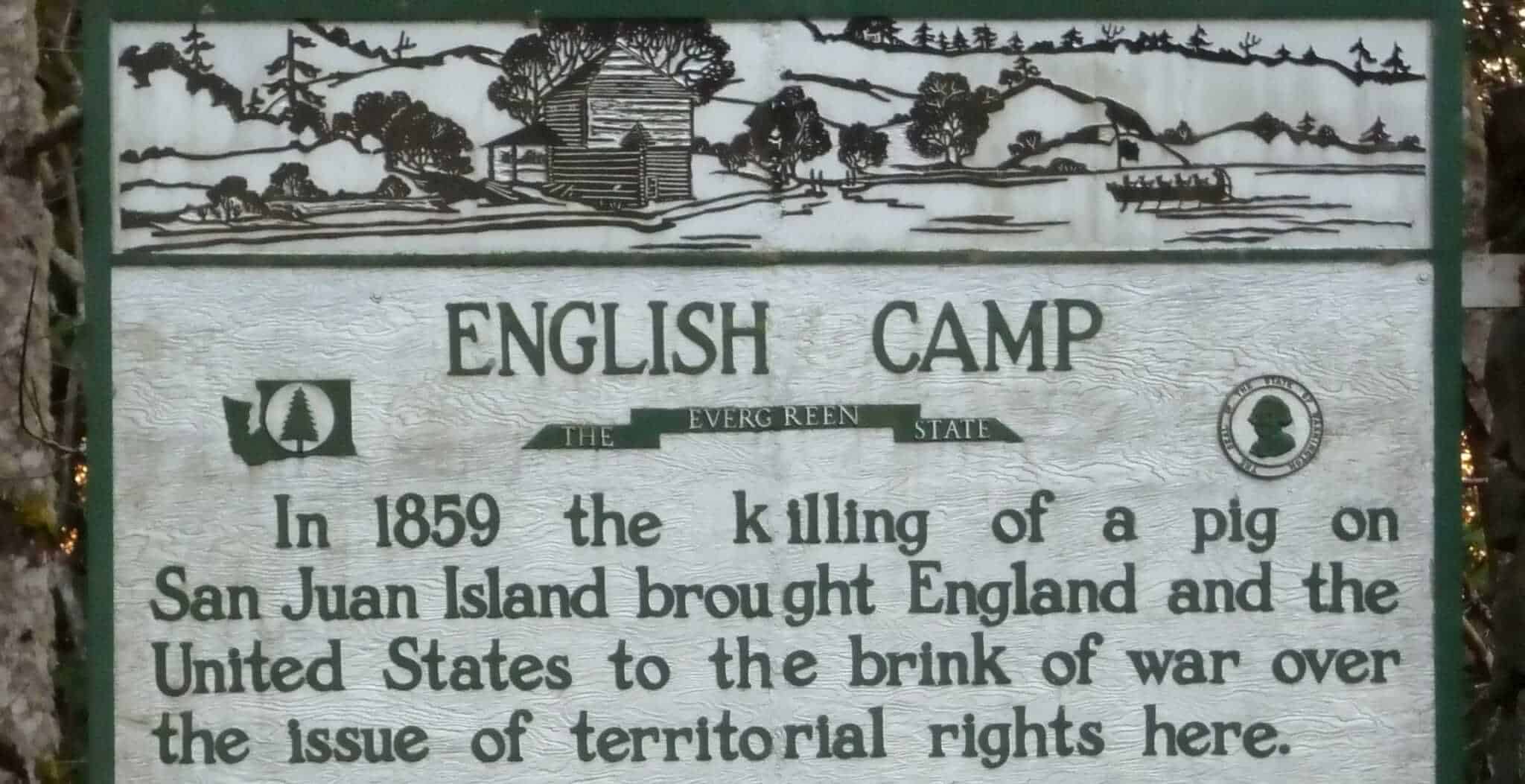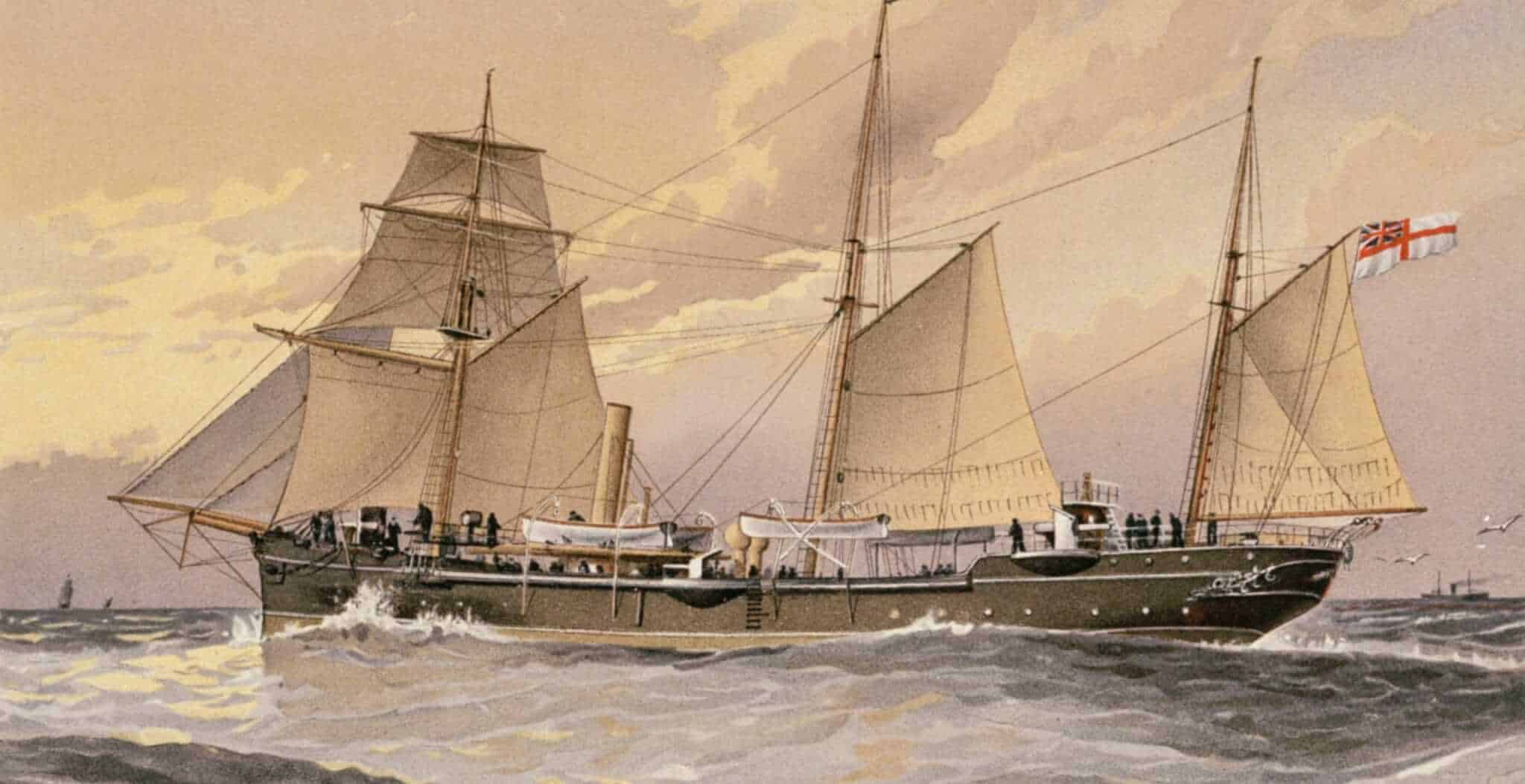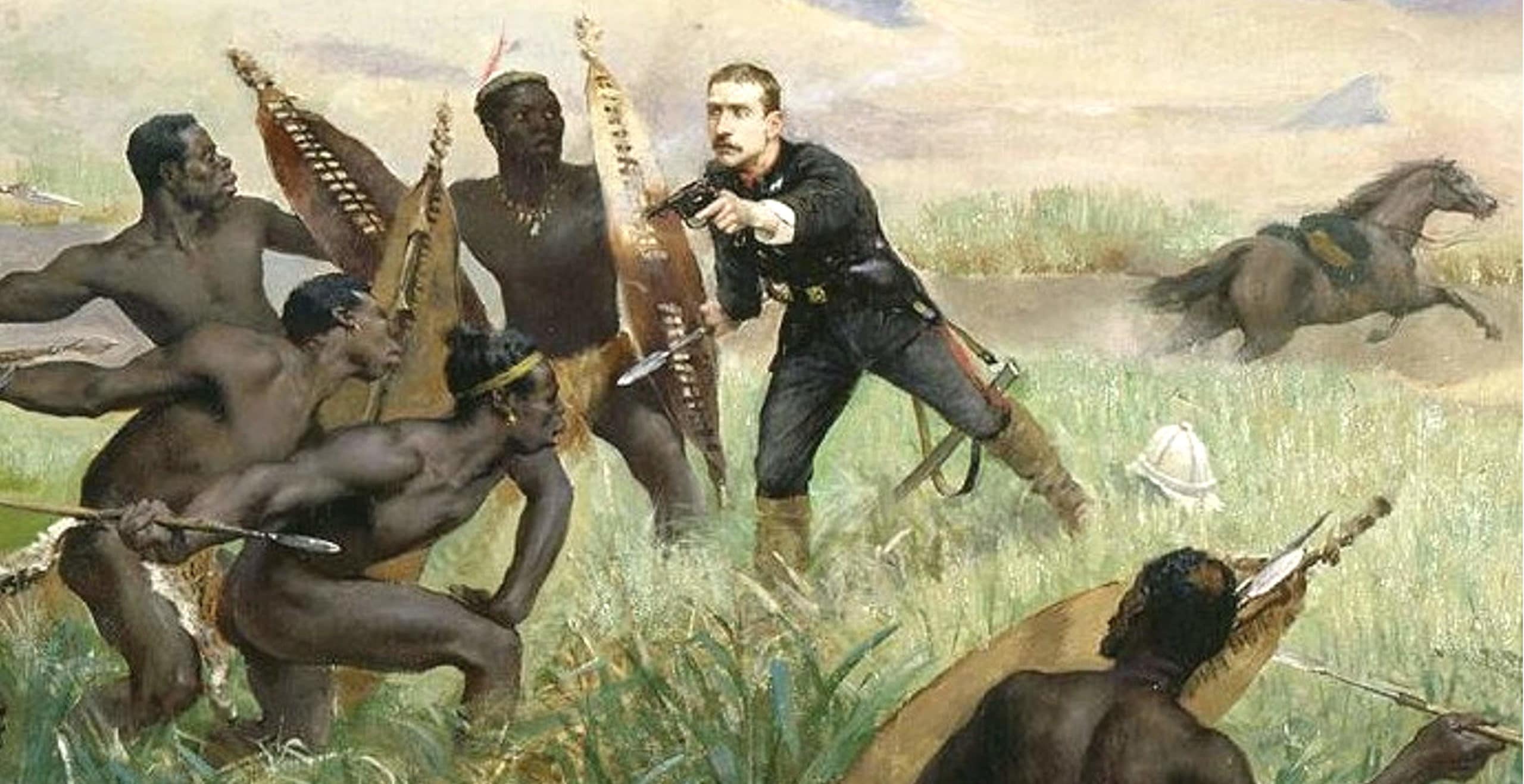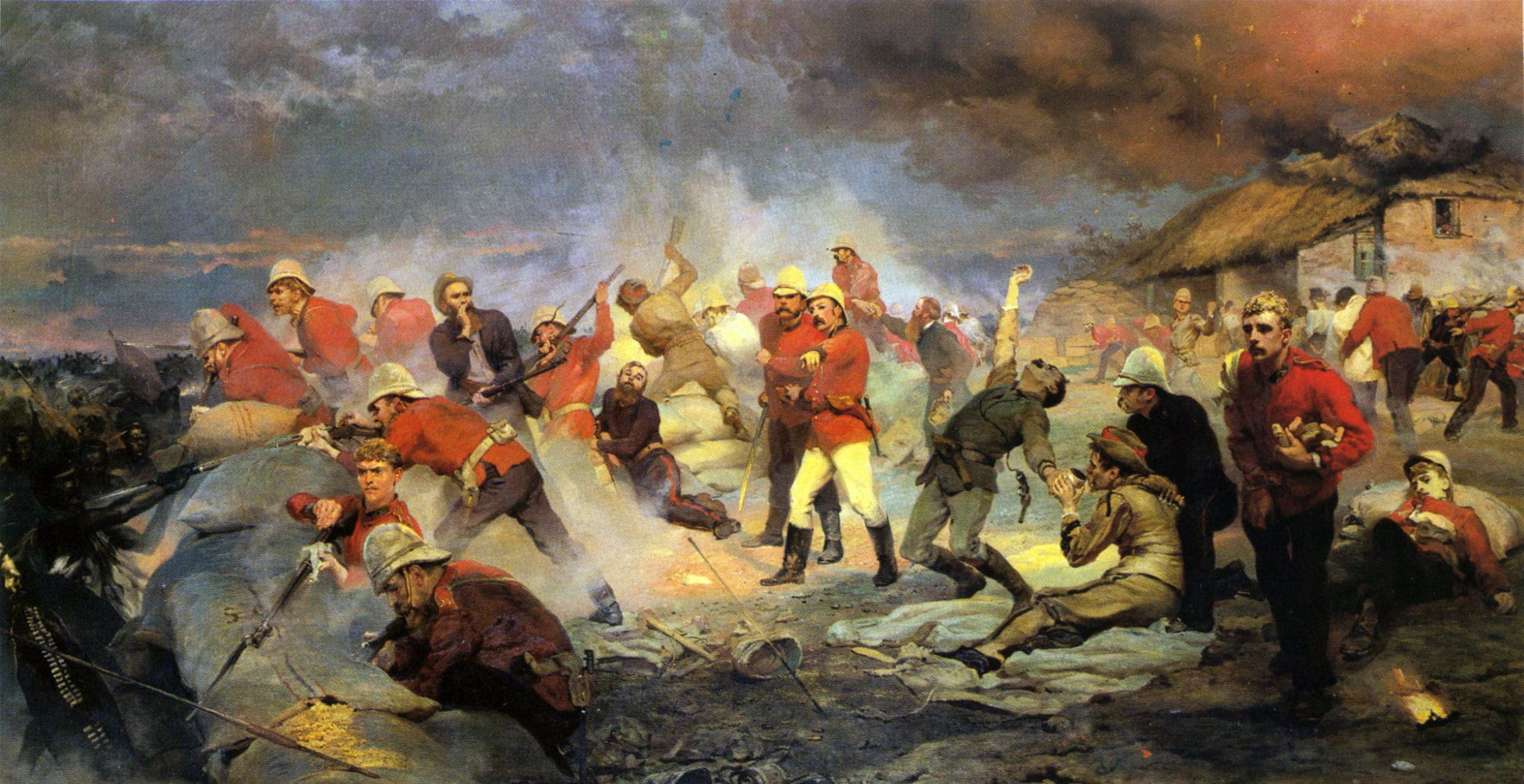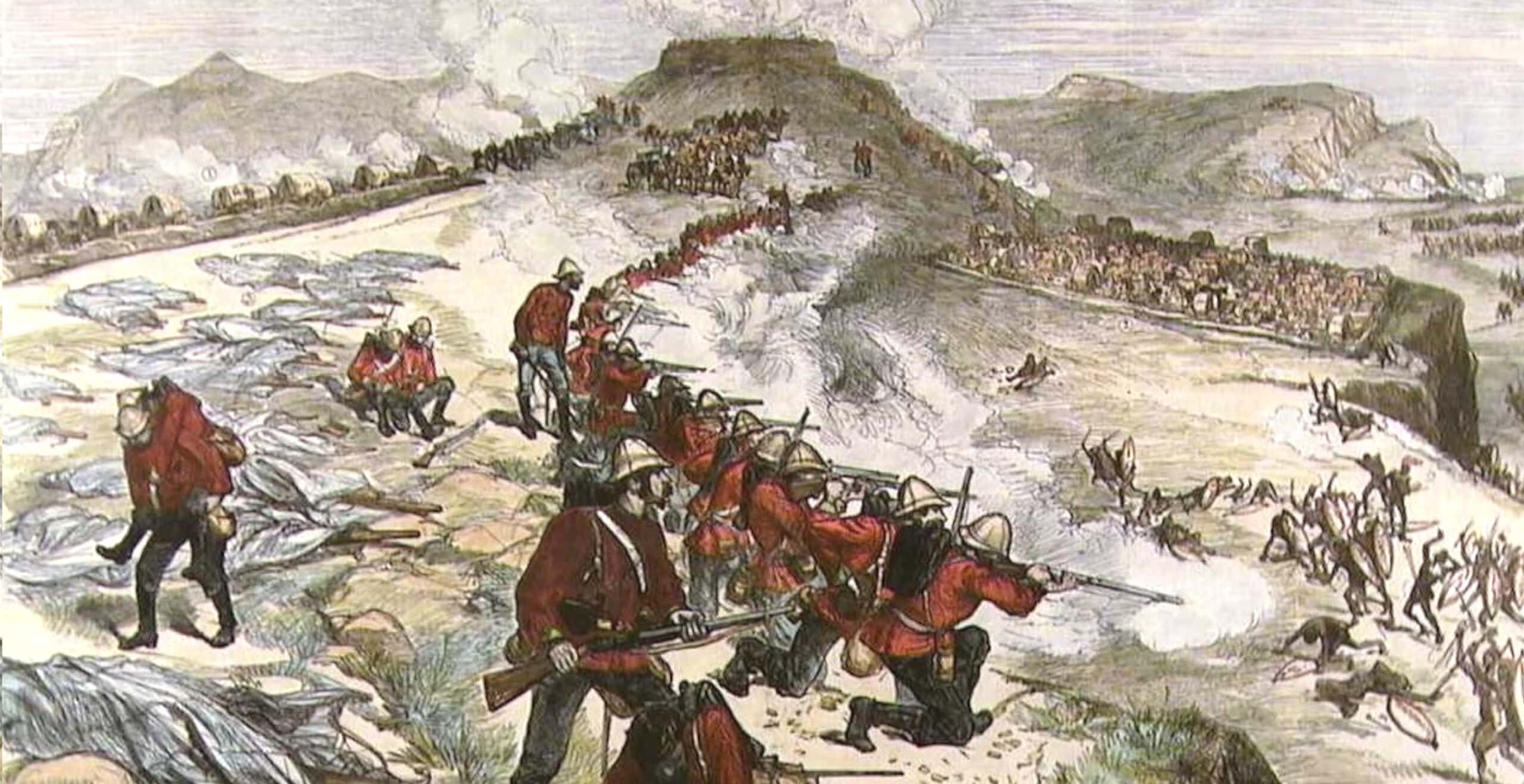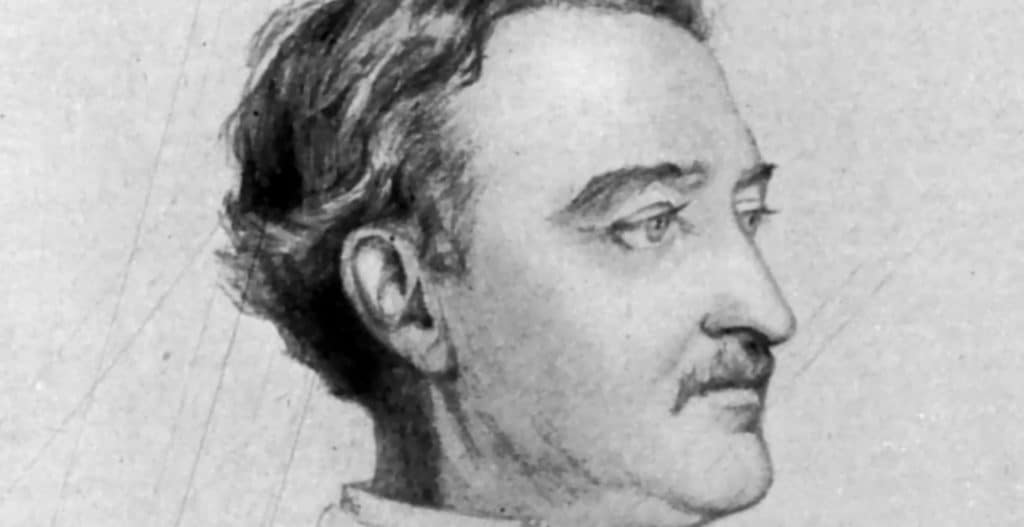Famous for the bloody battles of Isandlwana and Rorke’s Drift, the Anglo-Zulu War of 1879 saw over 15,000 British troops invade the independent nation of Zululand in present-day South Africa.
The build up to the war started in 1877 when Sir Henry Frere, a British colonial administrator, was sent to Cape Town with the task of uniting South Africa under a single British confederation. However, Frere soon realised that uniting the Boer republics, independent black states and British colonies could not be realised until the powerful Zulu kingdom on its borders had been defeated.
Knowing that London did not want a war with the Zulus (they were too preoccupied with troubles in India and Eastern Europe), Frere turned to the new British governor of Natal and the Transvaal, Sir Theophilus Shepstone, for reasons to invade. As Shepstone’s fragile territories were bordered by Zululand, he formally outlined how regular border incursions by the Zulus were effecting the stability of the region. Furthermore, Shepstone expressed concern over the increasing amount of firearms falling into Zulu hands, further fuelling the case for war.
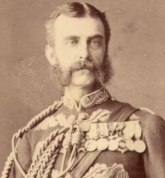 In December 1878, an ultimatum was sent to the Zulu king Cetshwayo, requiring him, amongst other things, to disband his army. Knowing that Cetswayo would never accept these terms, Frere arranged for an army led by Lord Chelmsford (pictured to the right) to prepare for invasion…
In December 1878, an ultimatum was sent to the Zulu king Cetshwayo, requiring him, amongst other things, to disband his army. Knowing that Cetswayo would never accept these terms, Frere arranged for an army led by Lord Chelmsford (pictured to the right) to prepare for invasion…
11th December, 1878 – The British send an ultimatum to Zulu King Cetshwayo.
31st December 1878 – Sir Henry Frere grants an extension to the ultimatum.
9th January 1879 – The centre column, led by Lord Chelmsford, moves to Rorke’s Drift on the edge of Zululand.
11th January 1879 – The ultimatum expires and three British columns cross the BuffaloRiver and enter Zululand. The central column heads towards the camp of a Zulu chief called Sihayo.
12th January 1879 – The central column destroys Sihayo’s camp.
22nd January 1879 – The right column, led by Colonel Charles Pearson, engages 6,000 Zulu troops near to the Inyzane River.
22nd January 1879 – A Zulu force of 25,000 makes a surprise attack on the central column who have made camp. At the Battle of Isandlwana Chelmsford’s column is defeated and he retreats out of Zulu territory.
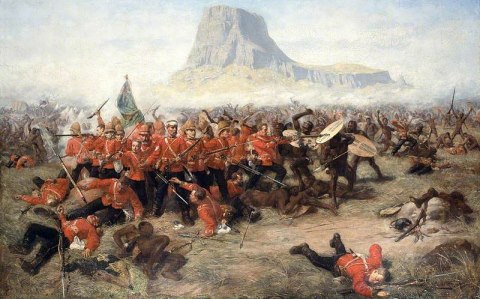
22nd / 23rd January 1879 – A group of Zulu reservists numbering around 4,000 attack the British outpost of Rorke’s Drift. With only 150 British and colonial troops to defend the outpost, the protracted engagement lasts some 11 hours before the Zulus retreat.
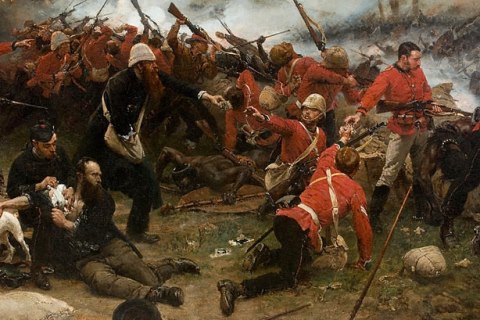
23rd January 1879 – The right column is besieged within their mission fort near Eshow. This siege would last for two months.
24th January 1879 – The left column, led by Colonel Evelyn Wood, receives news of the massacre at Isandlwana and decides to withdraw his troops back to safer ground in the Kraal. At this point, only the left column is militarily effective with Chelmsford’s central column having being destroyed, and Pearson’s right column being under siege at Eshow.
11th February 1879 – News of the defeat at Isandlwana reaches London and reinforcements are requested. Meanwhile, Chelmsford starts rebuilding his forces for a second offensive on Zululand.
7th March – The first of the reinforcements from Britain arrive at Durban. London has agreed to send seven regiments and two artillery batteries to support Chelmsford’s campaign.
12th March 1879 – A Zulu force of 500 men attack a British supply convoy at the Battle of Intombe. With only around 100 British troops protecting the convoy, this is a decisive Zulu victory.
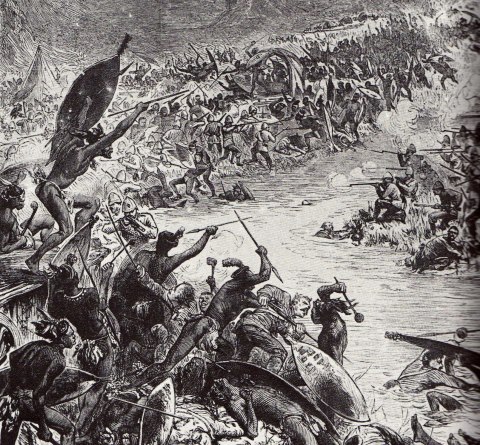
28th March 1879 – Chelmsford orders Colonel Wood’s left flank to attack the Zulu stronghold at Hlobane, in an attempt to distract Cetshwayo from the newly reinforced central column which is marching to relieve the besieged right column at Eshow. However, as the battle begins it soon becomes obvious that the main Zulu army of 20,000 are fast approaching over the hills and Wood signals the retreat.
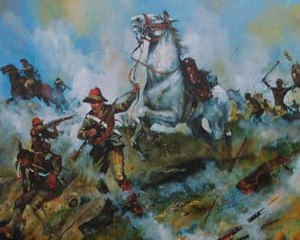
29th March 1879 – Chelmsford leads out the central column to relieve Eshowe.
29th March 1879 – Following the retreat at Hlobane, Colonel Wood sets up a defensive camp at Kambula with his remaining force of 2,000 men. Starting at 1pm, the battle sees over 20,000 Zulus repelled and by 6pm the battle is over with the loss of only 18 British soldiers. The Battle of Kambula is seen as the turning point into the Anglo-Zulu War.
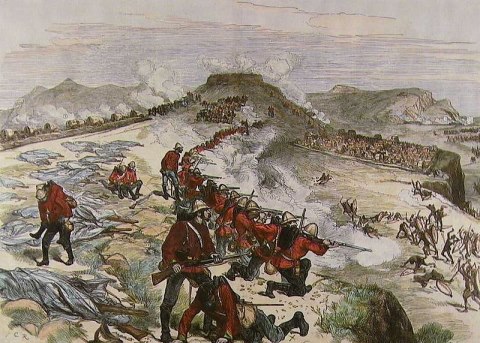
2nd April 1879 – Chelmsford’s force, marching to relieve Eshow, are attacked at Gingindlovu. Zulu losses are heavy, estimated at over 1,000, whilst the British column suffers only two deaths.
3rd April 1879 – The siege at Eshow ends when Chelmsford’s forces arrive.
5th April 1879 – The central and right columns evacuate Eshowe.
1st June 1879 – A Zulu impi kills Louis Napoleon, the heir to the French throne.
4th June 1879 – Aware that Chelmsford is preparing a second invasion of Zululand, Cetshwayo sends envoys to discuss peace.
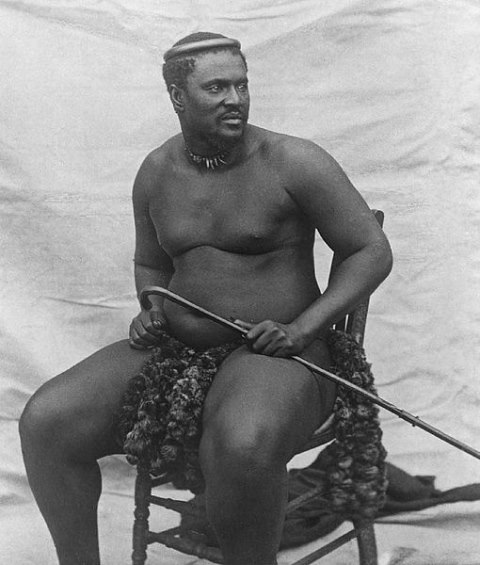
16 June 1879 – Lord Chelmsford is made aware that he is to be replaced by Sir Garnet Wolseley within weeks.
June 1879 – Chelmsford quickly reorganises his forces, swelled by reinforcements from Britain, and advances again into Zululand.
28th June 1879 – Sir Garnet Wolseley arrives in Durban.
30th June 1879 – With the invading British army in sight, Cetshwayo desperately tries to strike a last minute peace deal. Chelmsford, concerned about the arrival of Wolseley and wanting to redeem himself after the catastrophe at Isandlwana, refuses any such compromise.
4th July 1879 – The main Zulu force of around 15,000 men attack Lord Chelmsford’s army at the Battle of Ulundi. The Zulus are destroyed and this effectively marks the end of the Anglo-Zulu War.
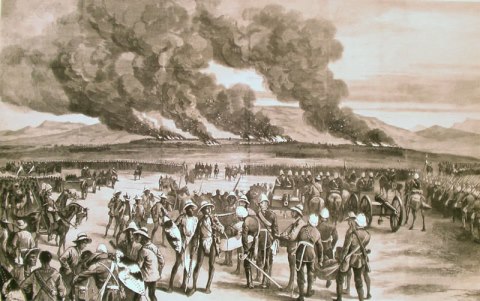
8th July 1879 – Lord Chelmsford resigns.
15th July 1879 – Sir Garnet Wolesley takes over from Lord Chelmsford.
28th August 1879 – Cetshwayo is captured and is sent into exile, first to Cape Town and then to London.
Published: 10th December 2014.
